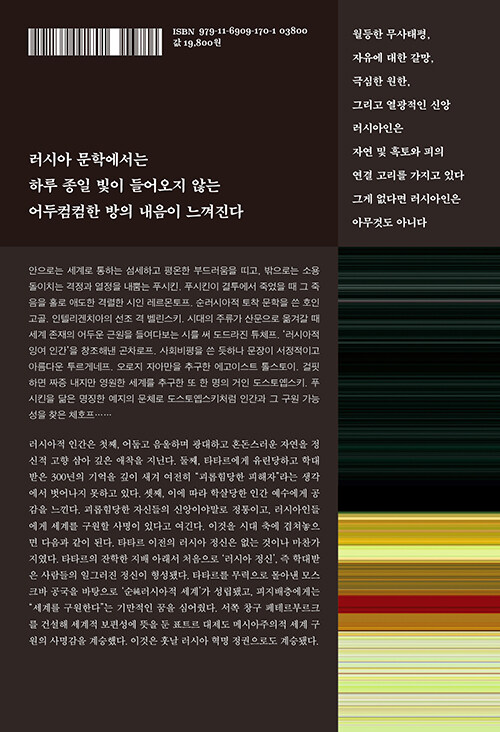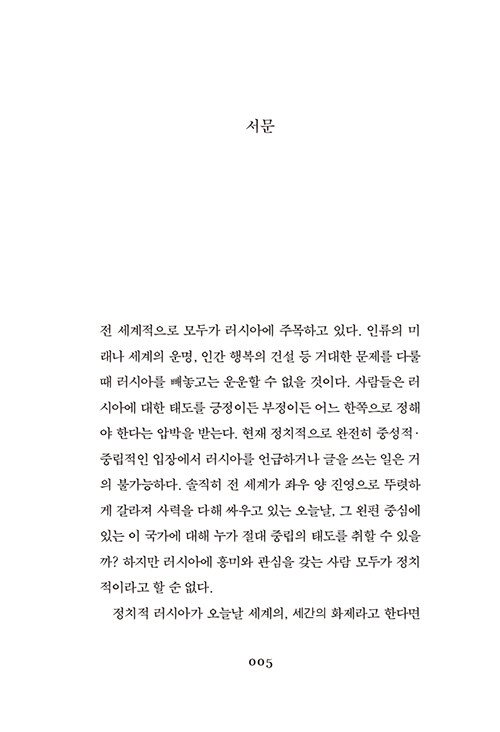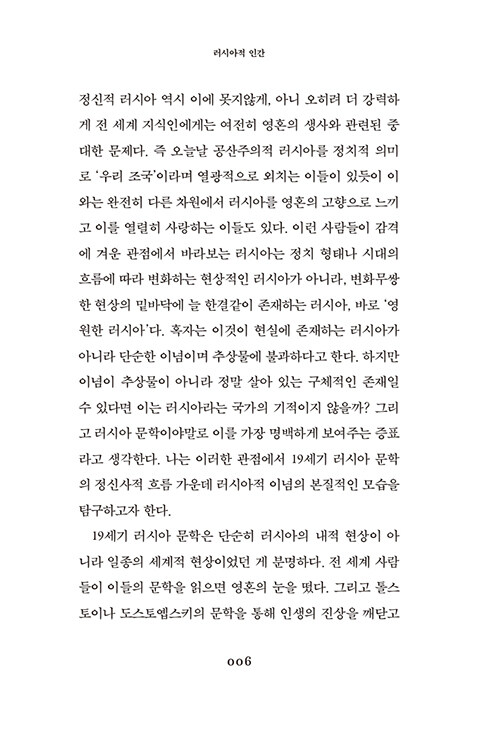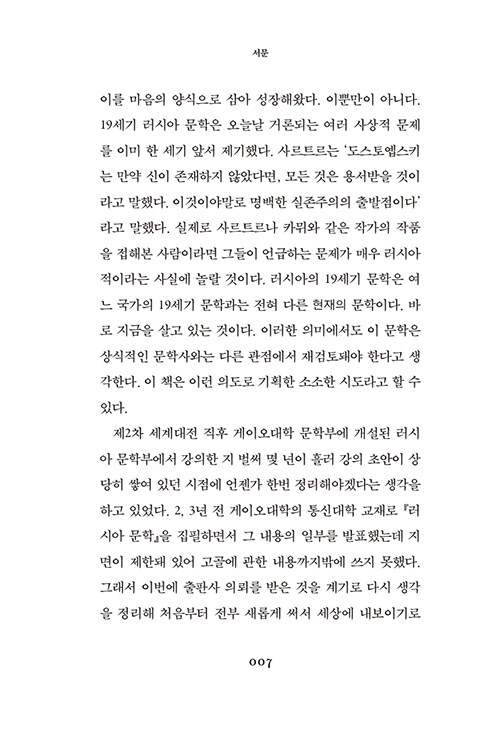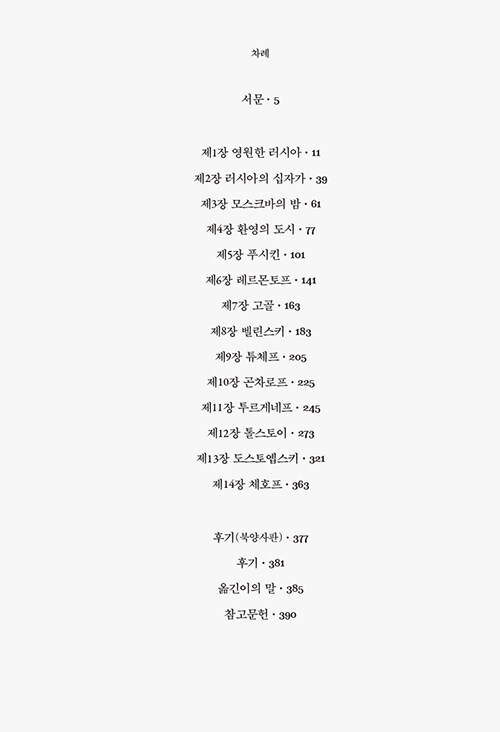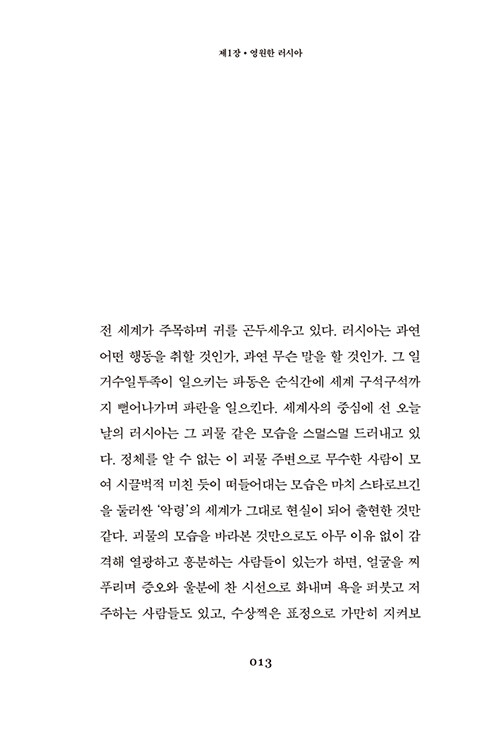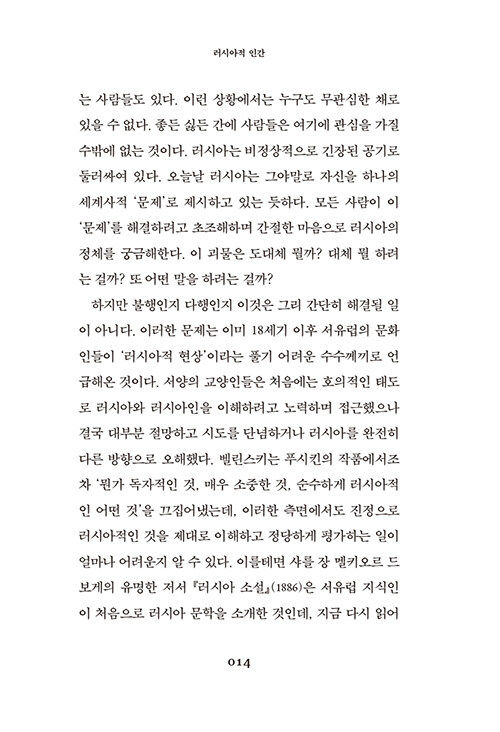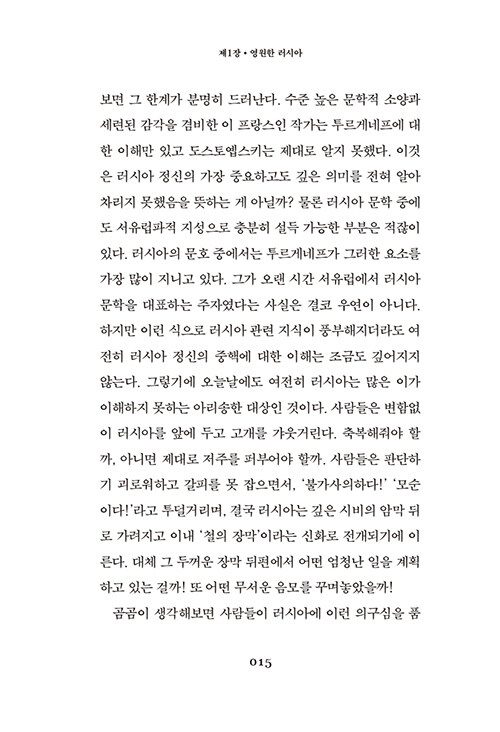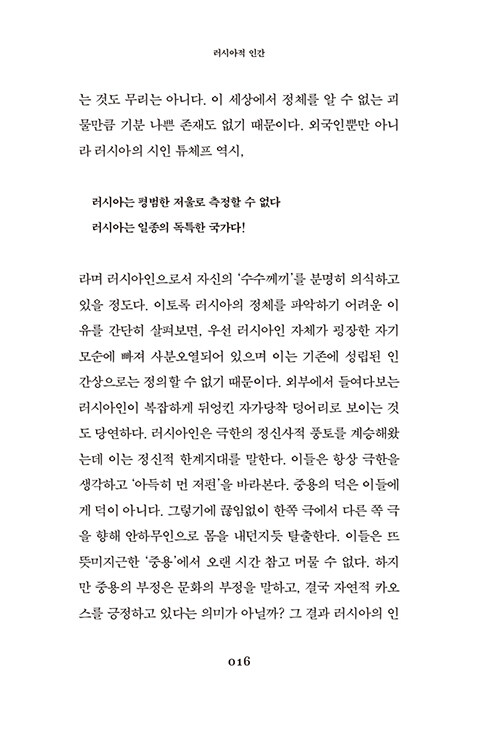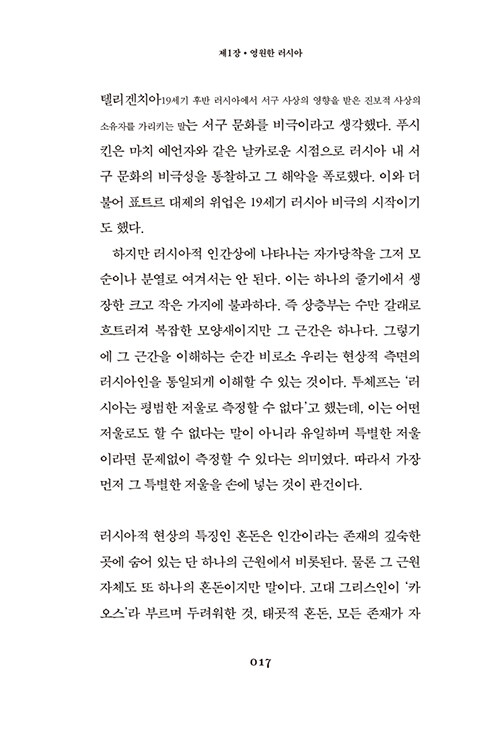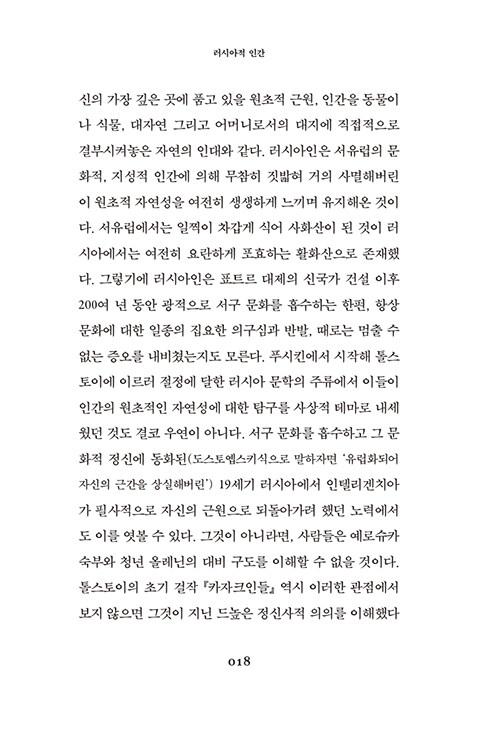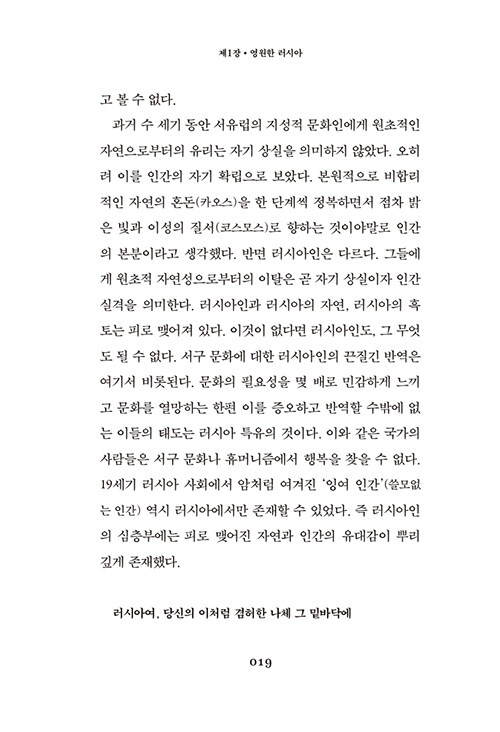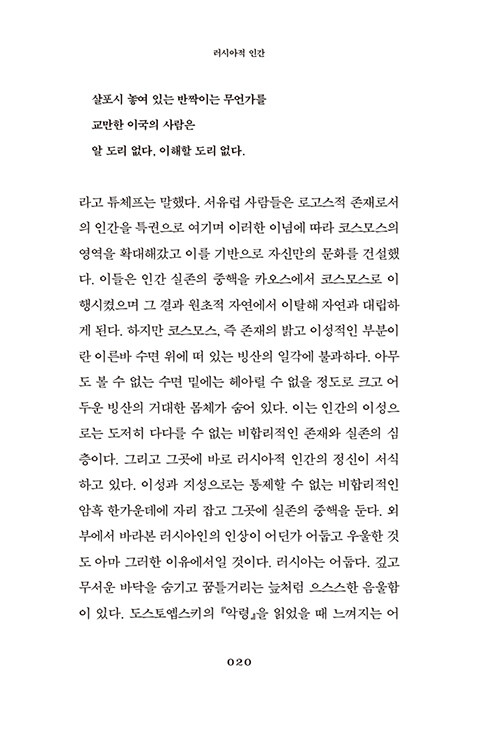Gaslighting

Gaslighting is the manipulation of someone into questioning their perception of reality.[2][3] The term derives from the 1944 film Gaslight and became popular in the mid-2010s.[4]
Some mental health experts have expressed concern that the term has been used too broadly. In 2022, The Washington Post described it as an example of therapy speak, arguing it had become a buzzword improperly used to describe ordinary disagreements.[5]
Etymology
[edit]
The term originates in the 1938 British play Gas Light by Patrick Hamilton. The play was adapted into a 1940 film in the UK, Gaslight, which was remade in the US as the 1944 film Gaslight.[6][7][8] Set among London's elite during the Victorian era, Gas Light and its adaptations portray a seemingly genteel husband using lies and manipulation to isolate his heiress wife and persuade her that she is mentally ill so that he can steal from her.[9] One of the husband's tricks is to secretly dim and brighten the indoor gas lighting, insisting his wife is imagining it.[10]
The gerund form gaslighting does not appear in the play or films.[10] It was first used in the 1950s, particularly in the episode of The Burns and Allen Show. In The New York Times, it was first used in a 1995 column by Maureen Dowd.[4] According to the American Psychological Association in 2021, gaslighting "once referred to manipulation so extreme as to induce mental illness or to justify commitment of the gaslighted person to a psychiatric institution".[2] It remained obscure — The New York Times only used it nine times in the following 20 years — until the 2010s, when it seeped into the English lexicon.[4] Merriam-Webster defines gaslighting as "psychological manipulation" to make someone question their "perception of reality" leading to "dependence on the perpetrator".[3] The American Dialect Society named gaslight the most useful new word of 2016.[11] Oxford University Press named it a runner-up in its list of the most popular new words of 2018.[12]
In self-help and amateur psychology
[edit]Gaslighting is a term used in self-help and amateur psychology to describe a dynamic that can occur in personal relationships (romantic or parental) and in workplace relationships.[13][14] Gaslighting involves two parties: the "gaslighter", who persistently puts forth a false narrative in order to manipulate, and the "gaslighted", who struggles to maintain their individual autonomy.[15][16] Gaslighting is typically effective only when there is an unequal power dynamic or when the gaslighted has shown respect to the gaslighter.[17]
Gaslighting is different from genuine relationship disagreement, which is both common and important in relationships. Gaslighting is distinct in that:
- one partner is consistently listening and considering the other partner's perspective;
- one partner is consistently negating the other's perception, insisting that they are wrong, or telling them that their emotional reaction is irrational or dysfunctional.
The term gaslighting is more often used to refer to a pattern of behavior over a long duration, not a one-off instance of persuasion, but the method(s) of persuasion is the defining trait of gaslighting behavior.[5] Over time, the listening partner may exhibit symptoms often associated with anxiety disorders, depression, or low self-esteem. Gaslighting is distinct from genuine relationship conflict in that one party manipulates the perceptions of the other.[17]
In psychiatry and psychology
[edit]The word gaslighting is occasionally used in clinical literature, but is considered a colloquialism by the American Psychological Association.[2][18] Barton and Whitehead described three case reports of gaslighting with the goal of securing a person's involuntary commitment to a psychiatric hospital, motivated by a desire to get rid of relatives or obtain financial gain: a wife attempting to frame her husband as violent so she could elope with her lover, another wife alleging that her pub-owning husband was an alcoholic in order to leave him and take control of the pub, and a retirement home manager who gave laxatives to a resident before referring her to a psychiatric hospital for dementia and incontinence.[19][20]
In 1977, at a time when published literature on gaslighting was still sparse, Lund and Gardiner published a case report on an elderly woman who was repeatedly involuntarily committed for alleged psychosis, by staffers of her retirement home, but whose symptoms always disappeared shortly after admittance without any treatment. After investigation, it was discovered that her 'paranoia' had been the result of gaslighting by staffers of the retirement home, who knew the woman had suffered from paranoid psychosis 15 years prior.[20]
The research paper, "Gaslighting: A Marital Syndrome", includes clinical observations of the impact on wives after their reactions were mislabeled by their husbands and male therapists.[21] Other experts have noted values and techniques of therapists can be harmful as well as helpful to clients (or indirectly to other people in a client's life).[22][23][24]
In his 1996 book, Gaslighting, the Double Whammy, Interrogation and Other Methods of Covert Control in Psychotherapy and Analysis, Theo L. Dorpat recommends non-directive and egalitarian attitudes and methods on the part of clinicians,[23]: 225 and "treating patients as active collaborators and equal partners".[23]: 246 He writes, "Therapists may contribute to the victim's distress through mislabeling the [victim's] reactions.... The gaslighting behaviors of the spouse provide a recipe for the so-called 'nervous breakdown' for some [victims, and] suicide in some of the worst situations."[23] Dorpat also cautions clinicians about the unintentional abuse of patients when using interrogation and other methods of covert control in Psychotherapy and Analysis, as these methods can subtly coerce patients rather than respect and genuinely help them.[23]: 31–46
This increased global awareness of the dangers of gaslighting has not been met with enthusiasm by all psychologists, some of whom have issued warnings that overuse of the term could weaken its meaning and minimize the serious health effects of such abuse.[12]
Motivations
[edit]Gaslighting is a way to control the moment, stop conflict, ease anxiety, and feel in control. It often deflects responsibility however and tears down the other person.[17] Some may gaslight their partners by denying events, including personal violence.[25]
Learned behavior
[edit]Gaslighting is a learned trait. A gaslighter is a student of social learning. They witness it, experience it themselves, or stumble upon it, and see that it works, both for self-regulation and coregulation.[17] Studies have shown that gaslighting is more prevalent in couples where one or both partners have maladaptive personality traits[26] (such as traits associated with short-term mental illness like depression), substance-induced illness (e.g., alcoholism), mood disorders (e.g., bipolar disorder), anxiety disorders (e.g., PTSD), personality disorder (e.g., BPD, NPD, etc.), neurodevelopmental disorder (e.g., ADHD), or combination of the above (i.e., co-occurrence) and are prone to and adept at convincing others to doubt their own perceptions.[27]
Habilitation
[edit]It can be difficult to extricate oneself from a gaslighting power dynamic:
- Those who gaslight must attain greater emotional awareness and self-regulation,[17][failed verification] or;
- Those being gaslighted must learn that they do not need others to validate their reality, and they need to gain self-reliance and confidence in defining their own reality.[28][17]
Broader use
[edit]In 2022, Merriam-Webster named "gaslighting" its Word of the Year due to the vast increase in channels and technologies used to mislead and the word becoming common for the perception of deception.[29] The word is often used incorrectly to refer to conflicts and disagreements.[5][18][30] According to Robin Stern, PhD, co-founder of the Yale Center for Emotional Intelligence, "Gaslighting is often used in an accusatory way when somebody may just be insistent on something, or somebody may be trying to influence you. That's not what gaslighting is."[18]
Some mental health experts have expressed concern that the broader use of the term is diluting its usefulness and may make it more difficult to identify the specific type of abuse described in the original definition.[12][5][30] According to a 2022 Washington Post report, it had become a "trendy buzzword" frequently improperly used to describe ordinary disagreements, rather than those situations that align with the word's historical definition.[5]
In medicine
[edit]Medical gaslighting is an informal term that refers to patients having their real symptoms dismissed or downplayed by medical professionals, leading to incorrect or delayed diagnoses; women are more likely to be affected by the phenomenon.[31]
In politics
[edit]Gaslighting is more likely to be effective when the gaslighter has a position of power.[32]
In the 2008 book State of Confusion: Political Manipulation and the Assault on the American Mind, the authors contend that the prevalence of gaslighting in American politics began with the age of modern communications:[33]
The term has been used to describe the behavior of politicians and media personalities on both the left and the right sides of the political spectrum.[33] Some examples include:
- American journalists have used the word "gaslighting" to describe the actions of Donald Trump during the 2016 US presidential election and during both of his terms as president.[34][35][36]
- In 2025, Jake Tapper of CNN asked Minnesota Governor Tim Walz if Democrats had engaged in gaslighting during the 2024 US presidential election.[37]
- "Gaslighting" has been used to describe state-implemented psychological harassment techniques used in East Germany during the 1970s and 1980s. The techniques were used as part of the Stasi's (the state security service's) decomposition methods, which were designed to paralyze the ability of hostile-negative (politically incorrect or rebellious) people to operate without unjustifiably imprisoning them, which would have resulted in international condemnation.[38]
In social systems
[edit]Gaslighting within social systems operates as a mechanism to uphold entrenched power hierarchies, often through subtle and overt forms of manipulation that compel individuals to question their perceptions of reality. One striking manifestation is racial gaslighting, a process deeply embedded within the political, economic, social, and cultural scaffolding of a dominant racial hierarchy. By pathologizing dissent and framing challenges to racial inequities as misperceptions or even assaults on democratic fairness, racial gaslighting coerces marginalized individuals into doubting their experiences within racialized structures.[39][40] This phenomenon extends beyond denial of systemic racism to active recharacterization, where the assertion of racial injustice is reframed as an act of reverse discrimination or irrational sensitivity.[41] Through these narratives, racial gaslighting not only seeks to neutralize resistance but also legitimizes the status quo, ensuring the perpetuation of structural inequities by obscuring their very existence.[original research?]
In the workplace
[edit]In her 2024 book On Gaslighting, Indiana University philosopher Kate Abramson offers the example of a boss who minimizes a complaint of harassment or discrimination, possibly filed by a member of a marginalized group.[42] In her framing, the gaslighter says "Don’t be so sensitive. You’re overreacting. You’re imagining things".
See also
[edit]- Confidence trick: using trust to defraud
- DARVO: acronym for "deny, attack, and reverse victim and offender"
- Deception: intentionally using false statements to mislead
- Manipulation: exploiting for personal gain
- Martha Mitchell effect: labeling real experiences as delusional
References
[edit]- ^ "Gaslighting / topic". Google Trends. 16 November 2024.
Worldwide / 2004 - present / All categories / Web Search
- ^ a b c "APA Dictionary of Psychology". APA.org. American Psychological Association. Archived from the original on 9 July 2021. Retrieved 7 July 2021.
- ^ a b "Definition of gaslight (Entry 2 of 2)". Merriam Webster. Archived from the original on 9 July 2021. Retrieved 7 July 2021.
- ^ a b c Yagoda, Ben (12 January 2017). "How Old Is 'Gaslighting'?". The Chronicle of Higher Education. Archived from the original on 1 August 2019. Retrieved 2 June 2017.
- ^ a b c d e Haupt, Angela (15 April 2022). "How to recognize gaslighting and respond to it". The Washington Post. Archived from the original on 24 April 2022. Retrieved 21 April 2022.
- ^ "Gaslight". Oxford English Dictionary. Archived from the original on 19 October 2021. Retrieved 25 October 2021.
Etymology: from the title of George Cukor's 1944 film Gaslight
- ^ Hoberman, J (21 August 2019). "Why 'Gaslight' Hasn't Lost Its Glow". The New York Times. Archived from the original on 22 August 2019. Retrieved 23 August 2019.
The verb 'to gaslight,' voted by the American Dialect Society in 2016 as the word most useful/likely to succeed, and defined as "to psychologically manipulate a person into questioning their own sanity," derives from MGM's 1944 movie, directed by George Cukor.
- ^ Wilkinson, Alissa (21 January 2017). "What is gaslighting? The 1944 film Gaslight is the best explainer". Vox. Archived from the original on 23 January 2017. Retrieved 21 January 2017.
to understand gaslighting is to go to the source. George Cukor's Gaslight. The term 'gaslighting' comes from the movie.
- ^ Thomas, Laura (2018). "Gaslight and gaslighting". The Lancet. Psychiatry. 5 (2): 117–118. doi:10.1016/S2215-0366(18)30024-5. PMID 29413137. Archived from the original on 17 November 2022. Retrieved 1 February 2018.
- ^ a b Sweet, Paige L. "How Gaslighting Manipulates Reality". Scientific American. Archived from the original on 15 September 2022. Retrieved 30 May 2022.
- ^ Metcalf, Allan. "2016 Word of the Year" (PDF). American Dialect Society. Archived (PDF) from the original on 3 March 2021. Retrieved 6 January 2017.
most useful word of the year
- ^ a b c "Word of the Year 2018: Shortlist". Oxford University Press. Archived from the original on 20 December 2019. Retrieved 15 November 2018.
- ^ Portnow, Kathryn E. (1996). Dialogues of doubt: the psychology of self-doubt and emotional gaslighting in adult women and men (EdD). Cambridge, MA: Harvard Graduate School of Education. OCLC 36674740. ProQuest 619244657.
- ^ "Gaslighting at Work—and What to Do About It". Harvard Business Review. 2021. Archived from the original on 14 December 2021. Retrieved 14 December 2021.
- ^ DiGiulio, Sarah (13 July 2018). "What is gaslighting? And how do you know if it's happening to you?". NBC News. Archived from the original on 31 December 2021. Retrieved 13 July 2018.
- ^ Sarkis, Stephanie (2018). Gaslighting: Recognize Manipulative and Emotionally Abusive People – and Break Free. Da Capo Press. ISBN 978-0-7382-8466-8. OCLC 1023486127.
- ^ a b c d e f Stern PhD, Robin (19 December 2018). "I've counseled hundreds of victims of gaslighting. Here's how to spot if you're being gaslighted. Gaslighting, explained". Vox. Archived from the original on 26 December 2018. Retrieved 3 January 2019.
- ^ a b c Holland, Brenna (2 September 2021). "For Those Who Experience Gaslighting, the Widespread Misuse of the Word Is Damaging". Well + Good. Archived from the original on 2 September 2021. Retrieved 2 September 2021.
- ^ Barton, Russell; Whitehead, J. A. (21 June 1969). "The gas-light phenomenon". The Lancet. 293 (7608): 1258–1260. doi:10.1016/S0140-6736(69)92133-3. ISSN 0140-6736. PMID 4182427. Archived from the original on 28 February 2023. Retrieved 28 February 2023.
- ^ a b Lund, C. A.; Gardiner, A .Q. (1977). "The Gaslight Phenomenon: An Institutional Variant". British Journal of Psychiatry. 131 (5): 533–34. doi:10.1192/bjp.131.5.533. PMID 588872. S2CID 33671694.

- ^ Gass PhD, Gertrude Zemon; Nichols EdD, William C. (18 March 1988). "Gaslighting: A marital syndrome". Contemp Family Therapy. 8: 3–16. doi:10.1007/BF00922429. S2CID 145019324. Archived from the original on 15 October 2021. Retrieved 24 August 2021.
- ^ Barlow, D. H. (January 2010). "Special section on negative effects from psychological treatments". American Psychologist. 65 (1): 13–49. doi:10.1037/a0015643. PMID 20063906.
- ^ a b c d e Dorpat, Theodore L. (1996). Gaslighting, the Double Whammy, Interrogation, and Other Methods of Covert Control in Psychotherapy and Psychoanalysis. Northvale, New Jersey: Jason Aronson. ISBN 978-1-56821-828-1. OCLC 34548677. Retrieved 24 April 2021.
- ^ Basseches, Michael (April 1997). "A developmental perspective on psychotherapy process, psychotherapists' expertise, and 'meaning-making conflict' within therapeutic relationships: part II". Journal of Adult Development. 4 (2): 85–106. doi:10.1007/BF02510083. S2CID 143991100. Basseches coined the term "theoretical abuse" as a parallel to "sexual abuse" in psychotherapy.
- ^ Jacobson, Neil S.; Gottman, John M. (1998). When Men Batter Women: New Insights into Ending Abusive Relationships. Simon and Schuster. pp. 129–132. ISBN 978-0-684-81447-6. Retrieved 6 January 2014.
- ^ Miano, Paola; Bellomare, Martina; Genova, Vincenzo Giuseppe (2 September 2021). "Personality correlates of gaslighting behaviours in young adults". Journal of Sexual Aggression. 27 (3): 285–298. doi:10.1080/13552600.2020.1850893. ISSN 1355-2600. S2CID 234287319. Archived from the original on 13 March 2024. Retrieved 19 February 2022.
- ^ Stout, Martha (14 March 2006). The Sociopath Next Door. Random House Digital. pp. 94–95. ISBN 978-0-7679-1582-3. Archived from the original on 13 March 2024. Retrieved 6 January 2014.
- ^ Nelson, Hilde L. (March 2001). Damaged identities, narrative repair. Cornell University Press. pp. 31–32. ISBN 978-0-8014-8740-8. Archived from the original on 13 March 2024. Retrieved 6 January 2014.
- ^ "Word of the Year 2022". www.merriam-webster.com. Archived from the original on 28 November 2022. Retrieved 29 November 2022.
- ^ a b Ellen, Barbara (6 July 2019). "In accusing all creeps of gaslighting, we dishonour the real victims". The Guardian. Archived from the original on 6 July 2019. Retrieved 6 July 2019.
- ^ Vargas, Theresa (2 April 2022). "Women are sharing their 'medical gaslighting' stories. Now what?". The Washington Post. Washington, D.C. ISSN 0190-8286. OCLC 1330888409. Archived from the original on 12 August 2022. Retrieved 5 October 2022.
- ^ Simon, George (8 November 2011). "Gaslighting as a Manipulation Tactic: What It Is, Who Does It, and Why". CounsellingResource.com: Psychology, Therapy & Mental Health Resources. Archived from the original on 13 March 2024. Retrieved 13 April 2018.
- ^ a b Welch, Bryant (2008). State of Confusion: Political Manipulation and the Assault on the American Mind. New York: Thomas Dunne Books, St. Martin's Press. ISBN 978-0-312-37306-1. OCLC 181601311.
- ^ Ghitis, Frida. "Donald Trump is 'gaslighting' all of us". CNN. Archived from the original on 19 April 2021. Retrieved 16 February 2017.
- ^ * Gibson, Caitlin (27 January 2017). "What we talk about when we talk about Donald Trump and 'gaslighting'". The Washington Post. ISSN 0190-8286. Archived from the original on 22 October 2020. Retrieved 29 January 2017.
- Dominus, Susan (27 September 2016). "The Reverse-Gaslighting of Donald Trump". The New York Times Magazine. Archived from the original on 14 April 2021. Retrieved 23 January 2017.
- Duca, Lauren (10 December 2016). "Donald Trump Is Gaslighting America". Teen Vogue. Archived from the original on 19 April 2021. Retrieved 23 January 2017.
- Fox, Maggie (25 January 2017). "Some Experts Say Trump Team's Falsehoods Are Classic 'Gaslighting'". NBC News. Archived from the original on 29 January 2021. Retrieved 8 March 2017.
- Sopel, Jon (25 July 2018). "From 'alternative facts' to rewriting history in Trump's White House". BBC News. Archived from the original on 26 July 2018. Retrieved 26 July 2018.
- ^ Cassidy, John (24 February 2025). "The White House Is Gaslighting Americans About Donald Trump's Tariffs". The New Yorker. Retrieved 25 April 2025.
- ^ FULL: Minnesota Gov. Tim Walz Breaks Down Trump's Tariffs, Democrats' Future With CNN's Jake Tapper
- ^ Constabile-Heming, Carol Anne; Glajar, Valentina; Lewis, Alison (2021). "Citizen informants, glitches in the system, and the limits of collaboration: Eastern experiences in the cold war era". In Marklund, Andreas; Skouvig, Laura (eds.). Histories of Surveillance from Antiquity to the Digital Era: The Eyes and Ears of Power. Routledge.
- ^ Davis, Angelique M.; Ernst, Rose (2 October 2019). "Racial gaslighting". Politics, Groups, and Identities. 7 (4): 761–774. doi:10.1080/21565503.2017.1403934. ISSN 2156-5503.
We define racial gaslighting as the political, social, economic and cultural process that perpetuates and normalizes a white supremacist reality through pathologizing those who resist. Just as racial formation rests on the creation of racial projects, racial gaslighting, as a process, relies on the production of particular narratives.
- ^ Woody, Ashley (22 November 2023). "Racial Gaslighting in a Politically Progressive City". Sociological Inquiry. doi:10.1111/soin.12586. ISSN 0038-0245.
...pathologizing those who resist or question the racial status quo. Racial gaslighting emerges from structural forms of racism that cause racialized and multiply-marginalized people to question their perceptions of reality in a racialized society.
- ^ Gillborn, David (3 June 2024). White Lies: Racism, Education and Critical Race Theory. Taylor & Francis. ISBN 978-1-040-03187-2.
In many cases, racial gaslighting is simple and crude, with white people informing their minoritized peers that they have simply misunderstood or imagined an offence. Often, the gaslighting goes beyond mere denial and moves into the realms of accusation, as if the protest is actually an assault on democracy and fairness, even that it is racist (against white people).
- ^ Stewart, Dodai (16 March 2024). "Book Review: 'On Gaslighting,' by Kate Abramson". The New York Times. Retrieved 2 December 2024.






